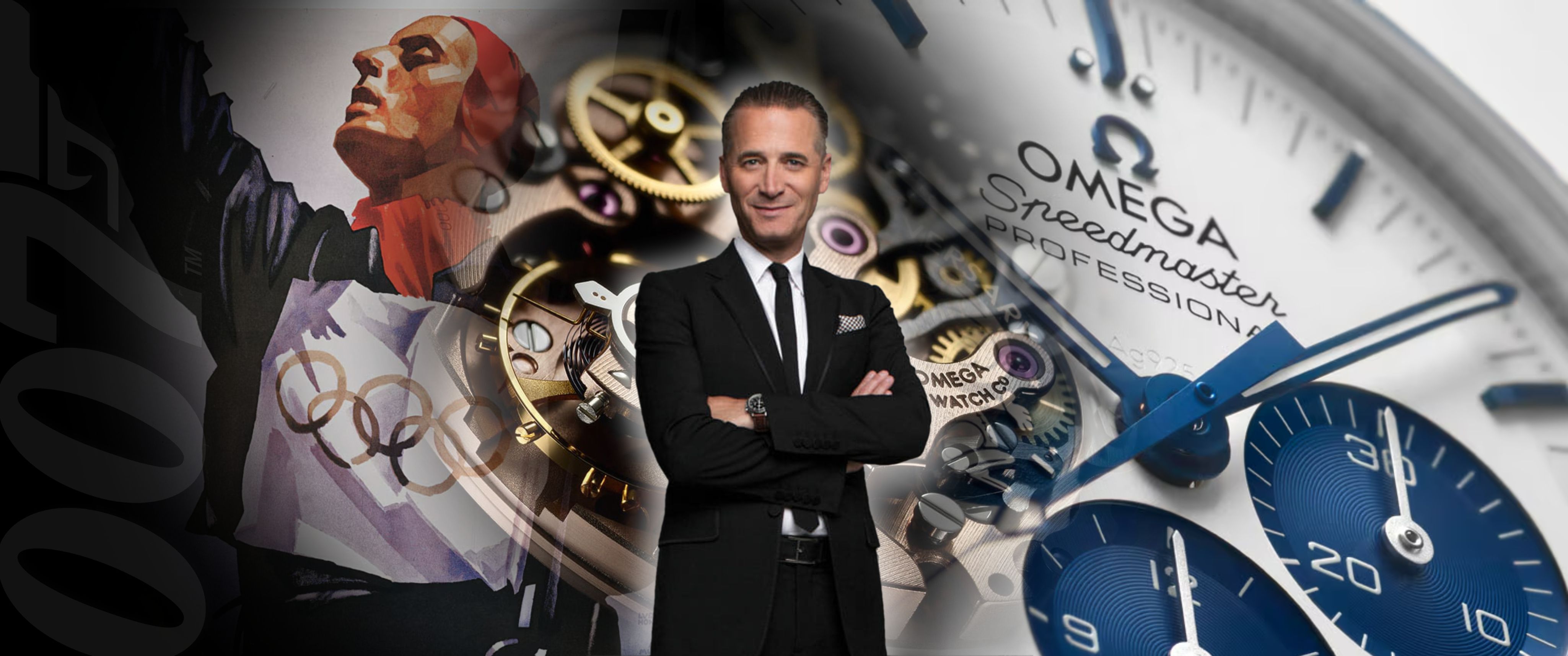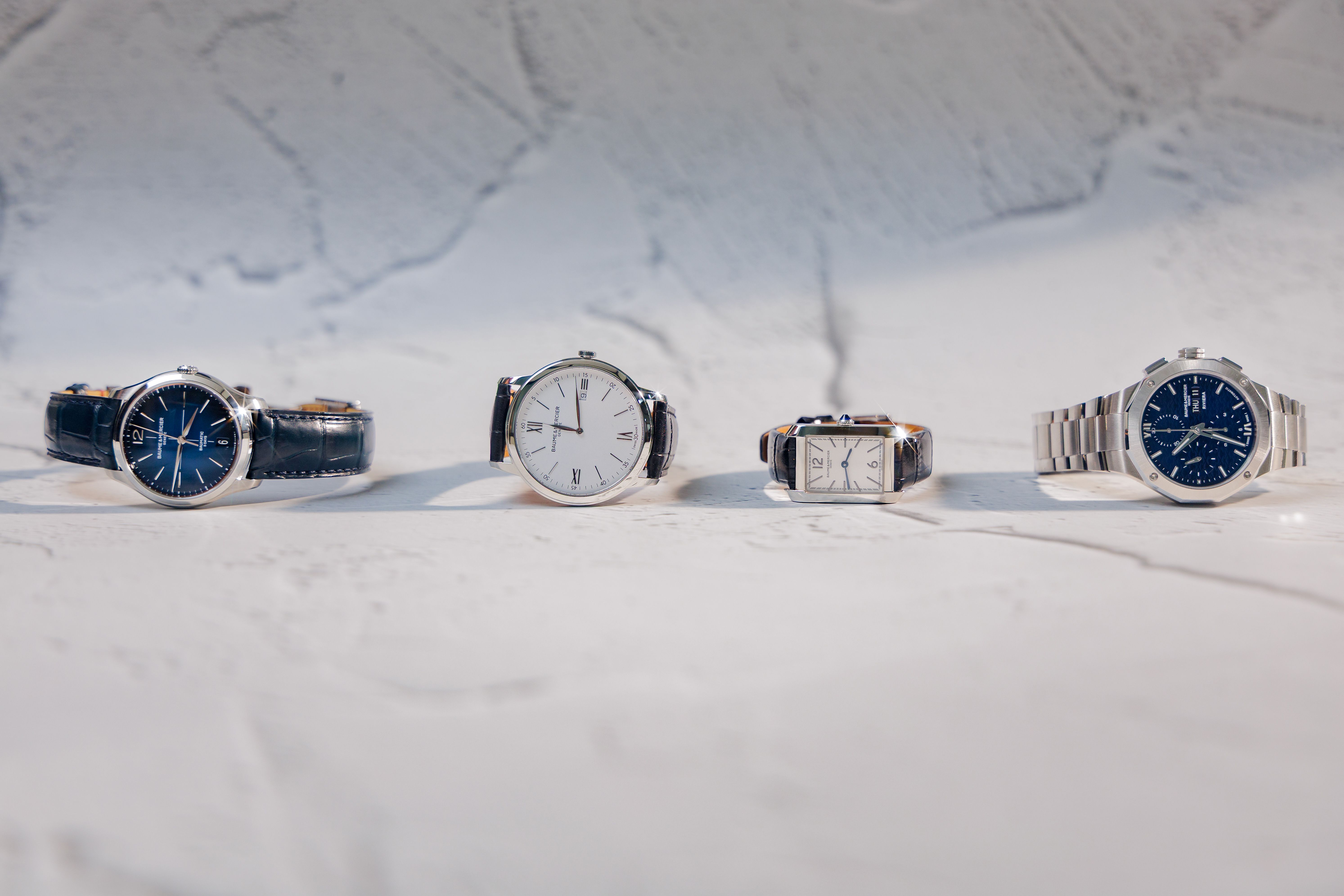Masahiro Kikuno: The Self-Taught Japanese Watchmaker And His Hand-Crafted Marvels
Watchmaking, the craft that yields one of the world’s most sold commodities, has many levels to it. Of course, the utilitarian aspect of timekeeping is an undeniable force majeure keeping the craft alive while lending it many levels of approaches, expressions and deliverables. Across watchmaking frontiers, there’s major heat around independents and deservingly so, for these cabinotiers have timelessly elevated the crafts by ennobling a mere tracker of minutes and hours to something that garners museum-worthy curation. If we look that deep though, the works of the independents too have a sort of artisanal pseudo-hierarchy and with the bettering accessibility of shared crafts, not many watchmakers need worrying about the all-encompassing aspects of, well, watchmaking. Within an enterprise composed of watchmakers who are more of designers, marketers and visionaries, the emerging commodities borrow within shadows or under complete limelight, as in the case of MB&F, the best skill resources all with an objective to better the outcomes. There are however a select few who are very singular in their approach and everything they create carries more than their mark of skill, it carries their soul.
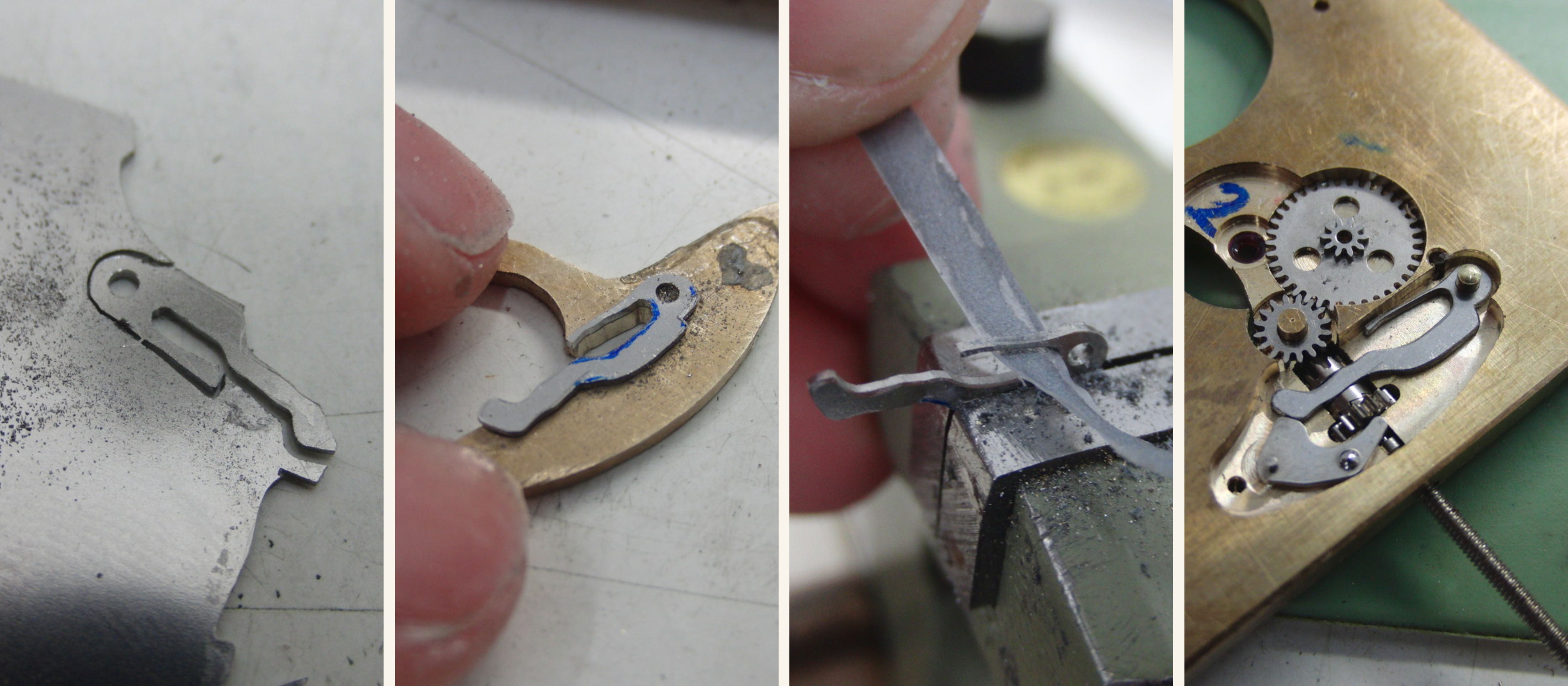
Such a level is achieved when a piece is truly handmade and devoid of the flourishes demanded by a commercial enterprise. This is also when Japanese watchmaker Masahiro Kikuno treads on a self-learned path of watchmaking to create objets d’art that are rich in regional heritage, exceptional in mechanical complication and nuanced in artisanal execution. It attains a level so impressive that the creator, at only 30, becomes the youngest member of the AHCI in 2013 and the first of this sort from his nation. Now 42, Kikuno-san has birthed a wonderful assortment of time-honoring pieces mostly crafted by his very own hands and with each best respecting traditional Japanese crafts. There are many reasons why I love Japan as a country and through the works of Masahiro Kikuno, many of those can and will be understood in the following passages as we cover the life and work of the most laborious Japanese watchmaker devoted to creating petite artworks for the wrist.
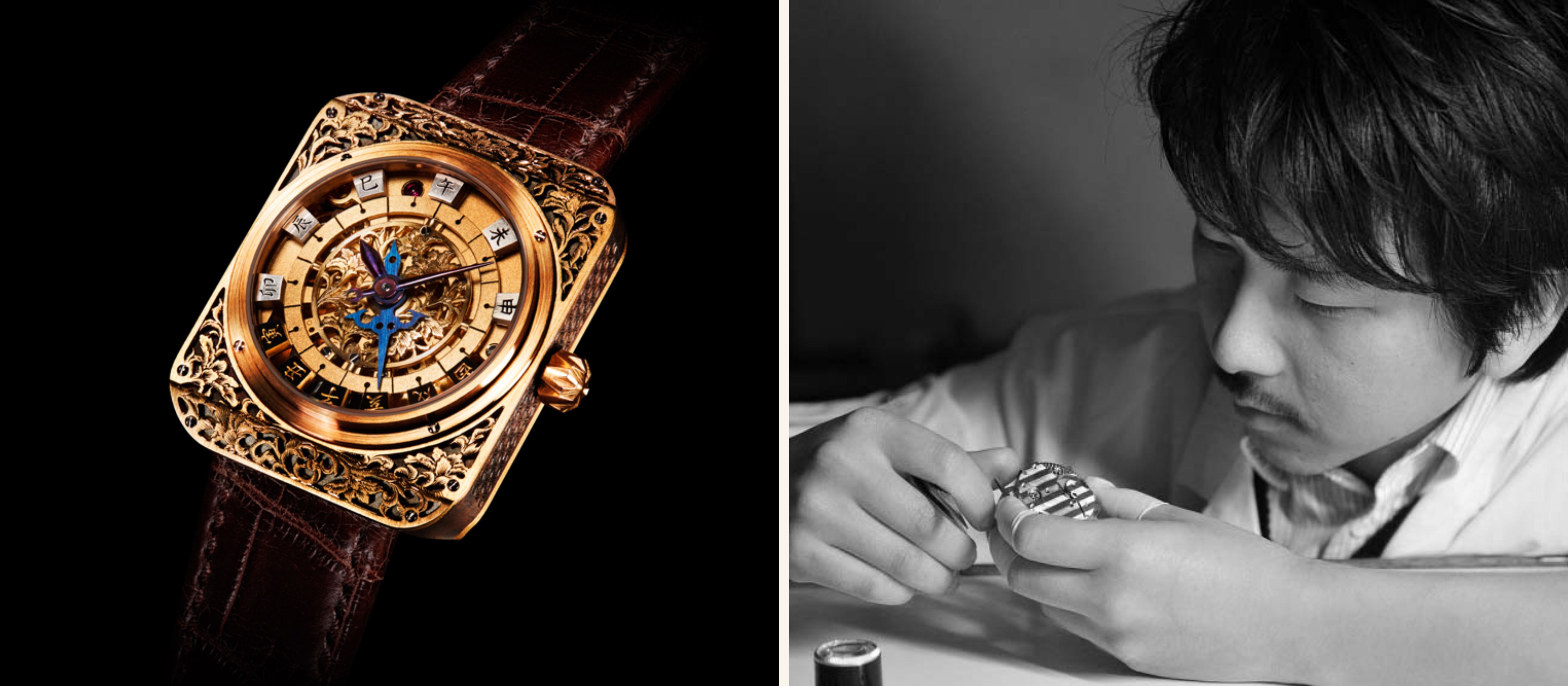
Handwork as a means of pursuing quality
Impressed by what he saw on a watch magazine at a bookstore and inspired by what the human hands could achieve, Masahiro Kikuno found an incidental impetus into watchmaking. Enrolling himself in the three-year watch-repair course at Hiko Mizuno College, a young Kikuno-san developed a nuanced understanding of the crafts and set forth to implement his learnings into creating objects within which the traditional beauty of Japan would reside beautifully. His skills would also owe some to the step-by-step guide book for the craft by George Daniels called “Watchmaking.” A perpetual calendar tourbillon watch was his equivalent of the ‘school watch’ that he materialized whilst still being a trainee at the watchmaking school. Throughout his creations, a very singular aesthetic and creative direction is omnipresent and delectably devoid of commercial interests. Here, mass-market appeal and basic timekeeping utilities occur as secondaries to the objective of crafting truly handmade. With an output restricted to only one or two timepieces annually, mainly due to an avoidance of computer-aided design (CAD) and machining, the essence of true classicism in watchmaking is preserved as a rarity in its domain. This isn’t any egoistic and anti-tech reform, but a nod as true as possible to the master watchmakers of the past, mainly from the Japanese Edo period (1603 to 1868).
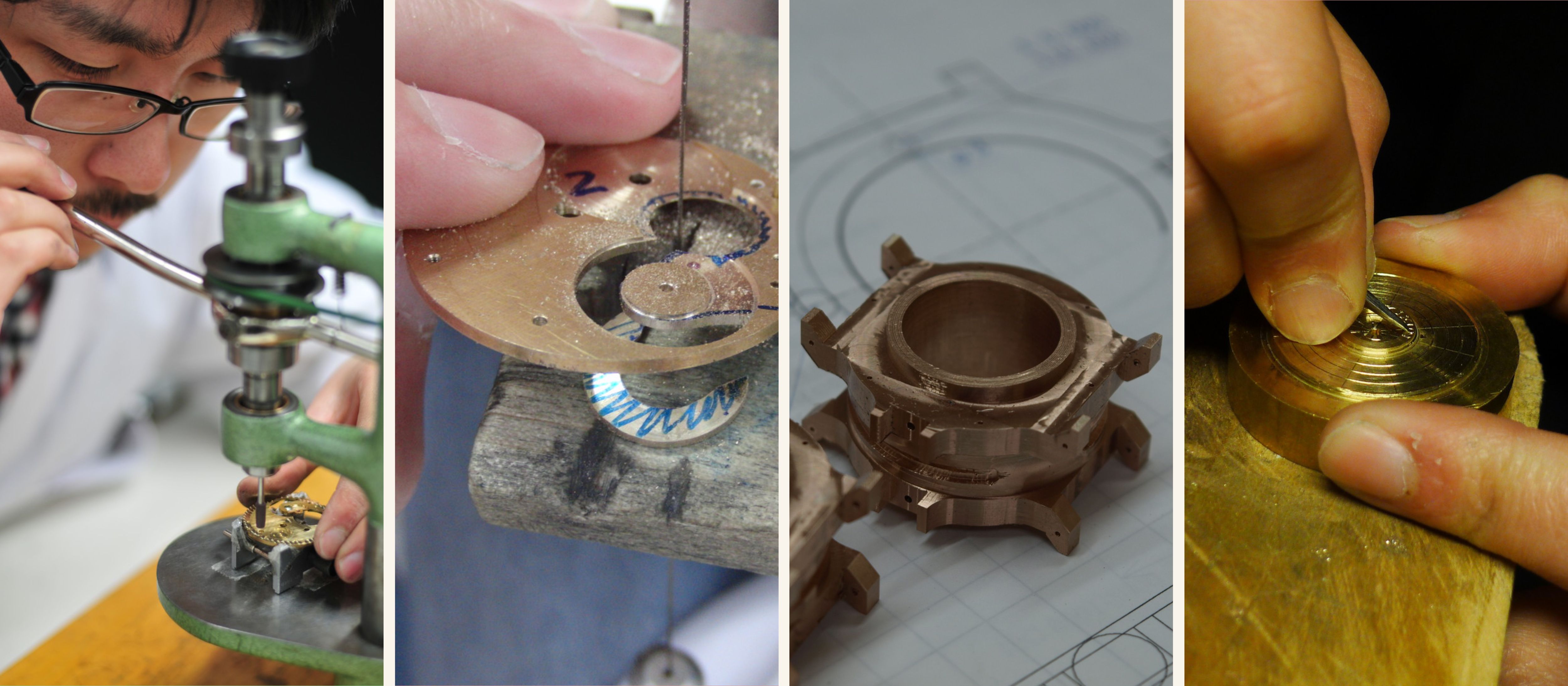
Kikuno-san is driven by a rare philosophy in contemporary watchmaking, i.e. the replication of conditions wherein automation isn’t the preferred approach. Those conditions are reminiscent of an era where “making watches with one’s own two hands” was the only possible approach and, by lending time’s tangible expression a romantic and artisanal entice, naturally held to a high regard. By covering the major heft of works by his own two hands, Masahiro Kikuno’s creations are rare examples of timepieces made almost entirely by a single artisan and very rare when we realize that they employ old-fashioned machines and manual techniques to craft even the minutest of their components. These pieces are very Japanese for they appear and operate as working artefacts of its rich history and culture. In a way, what Roger W. Smith is to Britain, Masahiro Kikuno is to Japan. Both echo the sentiment of George Daniels, one a direct disciple and other a distant adherer. Beyond the usual ateliers occupied by the Swiss, there’s watchmaking extraordinaire that emits a radiant exhibit of tradition - a tradition that’s very closely reinterpreted to retain the best of the past. In the creations of Masahiro Kikuno, that tradition thrives at its best.
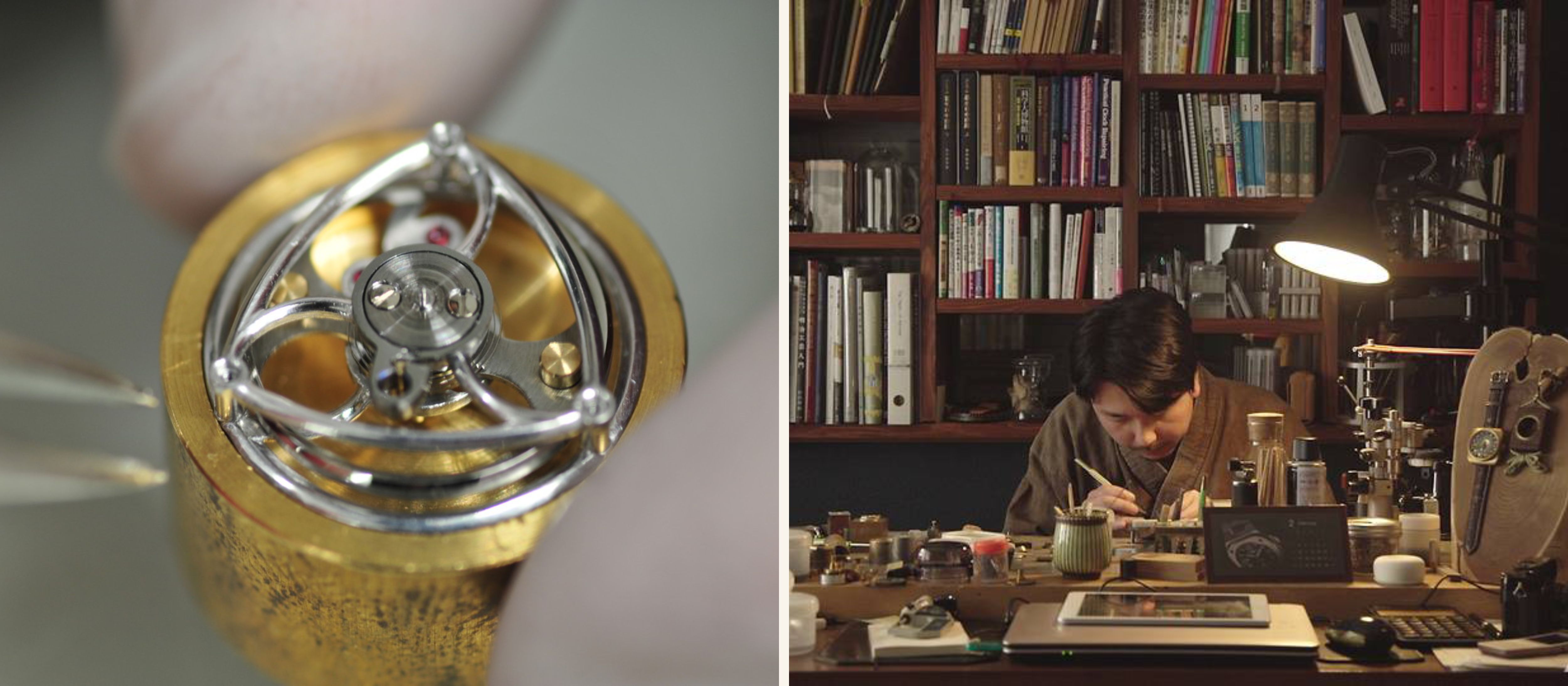
The creations of Masahiro Kikuno
Honoring time and Japan, Kikuno-san’s creations are distinguished in every sense of the word. There’s mechanical sophistication in blend with artisanal flourishes, making the end products superlative in their execution. Here’s a creative timeline covering the works of Masahiro Kikuno, all created from his bedroom-garage turned atelier.
Perpetual Calendar Tourbillon
2011
Kikuno-san’s Perpetual Calendar Tourbillon was the first of its kind in Japan. Its movement features a handmade train bridge with the tourbillon components too all crafted manually. Heavy modifications of the base caliber ETA 6497-1 allow the timepiece to showcase the functions of a perpetual calendar. Even the transparent date and month discs are handmade by the watchmaker himself.
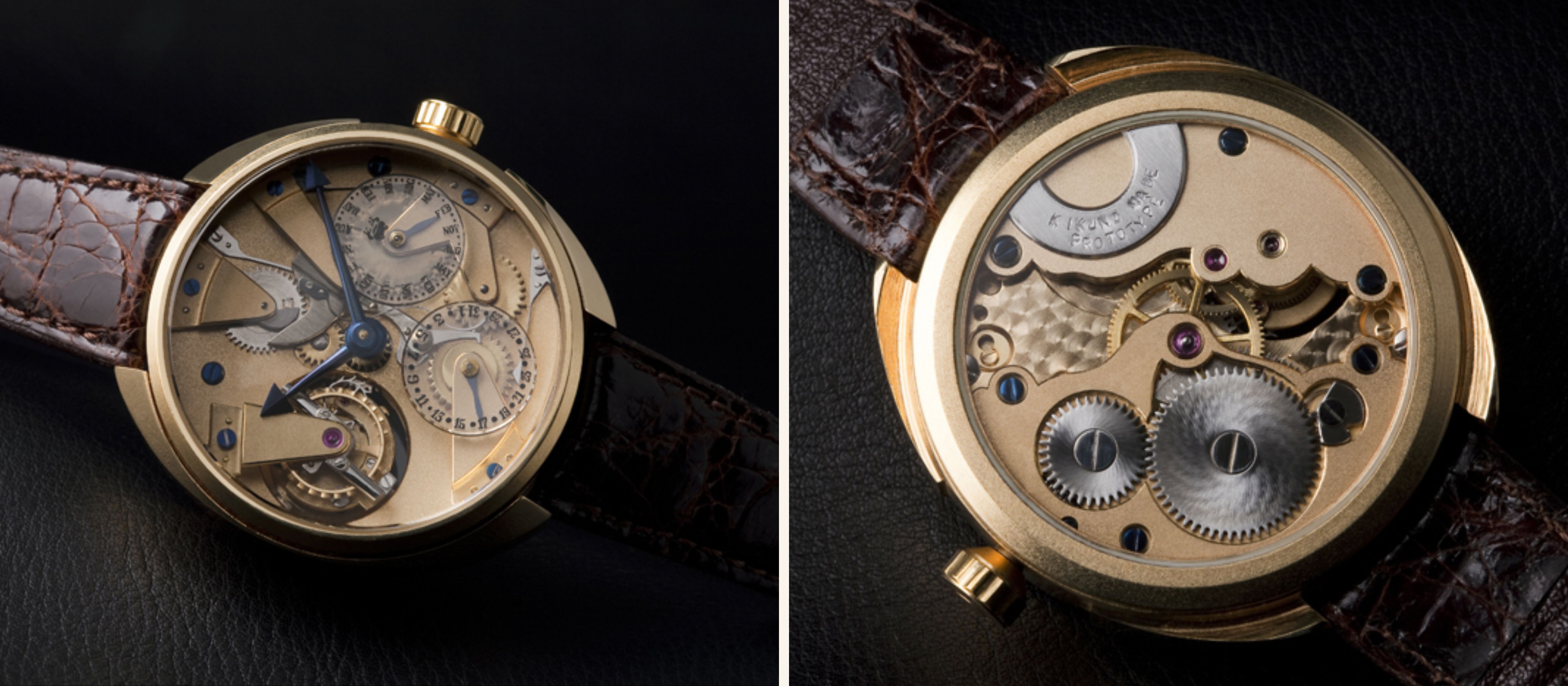
Temporal Hour Watch
2011
This is Kikuno-san’s pièce de résistance. Borrowing inspiration from the traditional Wadokei Japanese clock completed in 1851 by inventor Hisashige Tanaka, the Temporal Hour watch is the first “Automatic wari-koma dial watch (Wadokei)” featuring an automatic index adjustment for each season. As opposed to the conventional system, the temporal hour mechanism divides each day and night into six parts with the length of the days varying as per the changing seasons. To showcase this variable time system, the Temporal Hour watch features indexes that vary in spacing allowing the changing lengths of days to be exactly tracked. This traditional Japanese-style time-telling is complemented by regular hands to track hours and minutes. Miniaturizing the Wadokei clock into a wrist-worn timepiece, all with minimal machine intervention, is forever etched in Masahiro Kinuno’s legacy.
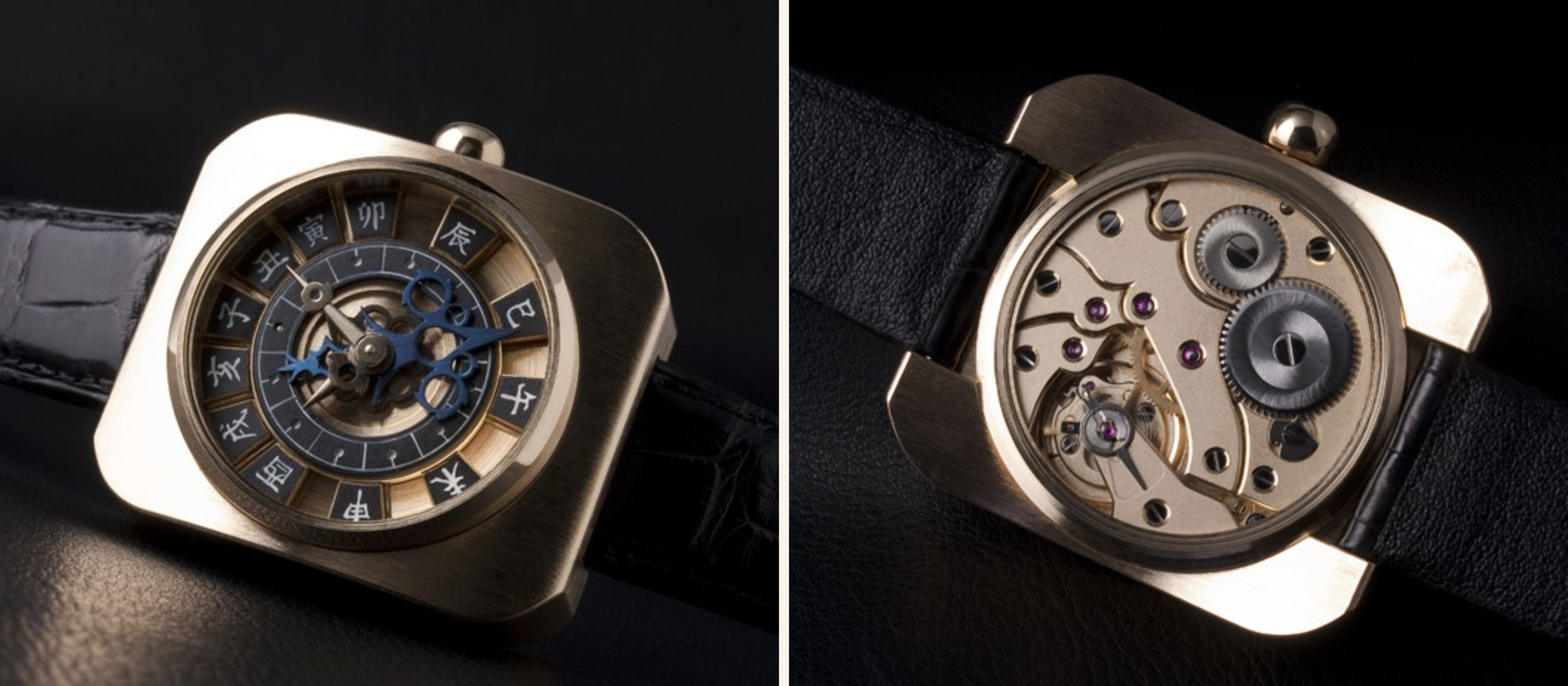
This watch shed limelight on Masahiro Kikuno and his skill as Philippe Dufour, who was impressed by its workings, recommended Kikuno-san as an AHCI candidate in 2011 and also showcase his piece at Baselworld later. And that marked the beginning of it all. Subsequent iterations of the Temporal Hour watch improved the case dimensions and mechanical efficiency even further. As every Kikuno timepiece is a piece unique, the watch can be adjusted to the latitude of the customer's geographical location. With the entire watch crafted from manual handwork, the piece takes a whole year to be made.
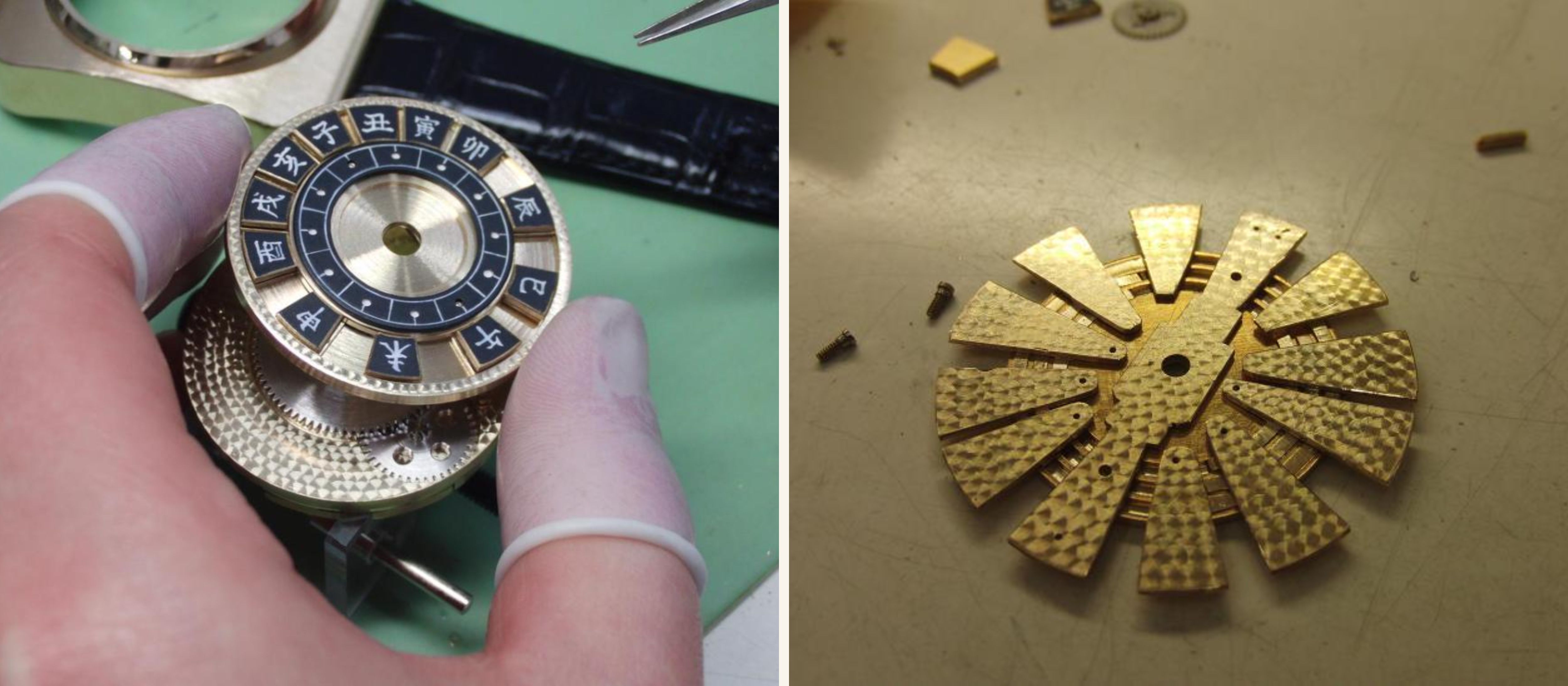
Tourbillon
2012
A tangible execution of a tourbillon watch entirely handmade and without even touching a CNC machine is a feat worth a lengthy applaud. Kikuno-san’s tourbillon of 2012 uses the MK12 caliber equipped within an 18-carat red gold case measuring 43mm. Through its transparent caseback is visible the distinct ‘herringbone’ style striping finish on the movement three-quarter plate. About this watch, Masahiro Kikuno himself remarks, “This watch is equal to a piece of my life.”
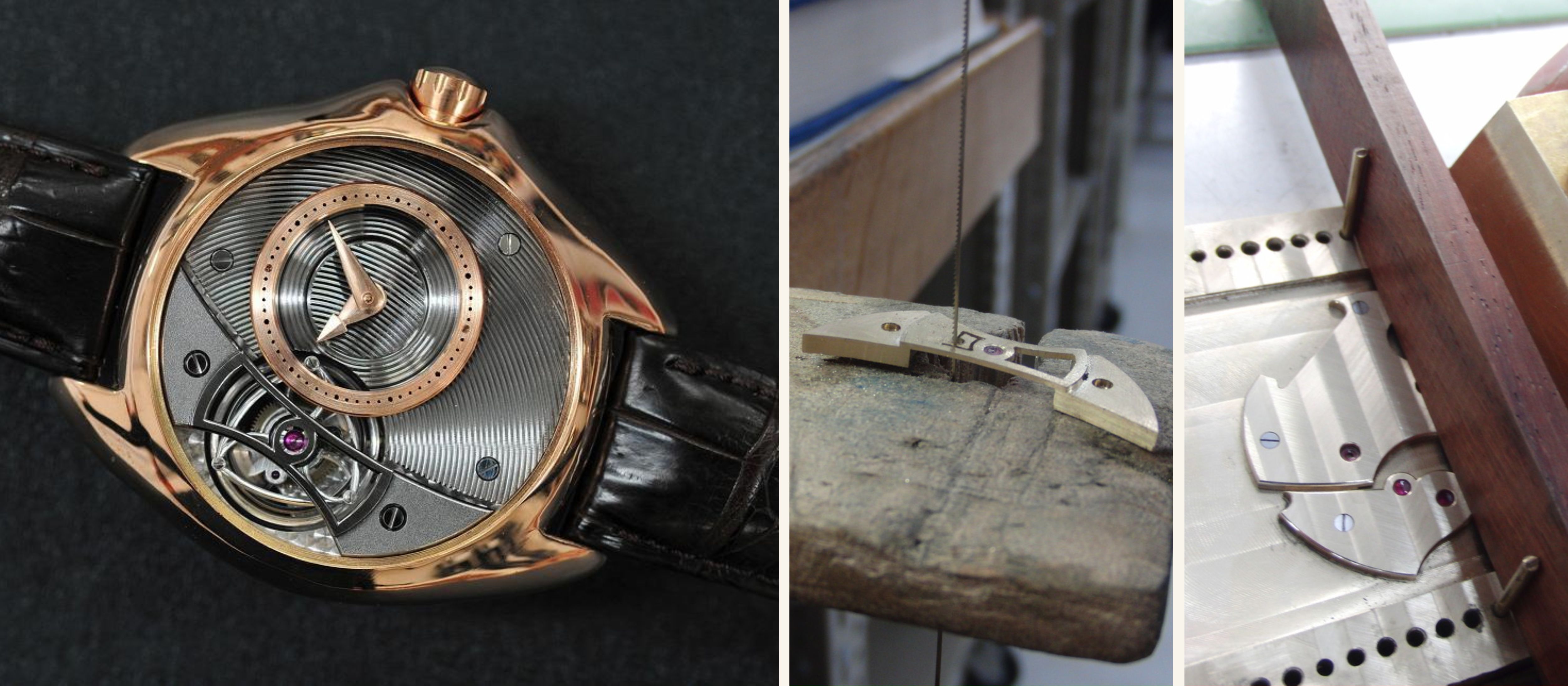
Orizuru
2013
Masahiro Kikuno’s Orizuru timepiece is a repeater automaton inspired by an origami crane. With the entire heft of his repeater watch knowledge limited to academic learnings, Kikuno-san embraced the extreme challenge of adding an automaton function onto an already complicated repeater mechanism. The watch with its numerable petite components took a lot of time to be crafted manually and as Kikuno-san himself expresses, “It was the greatest reward for me to actually feel and experience the difficulty to make repeater watches in the past and how great those watchmakers were.”
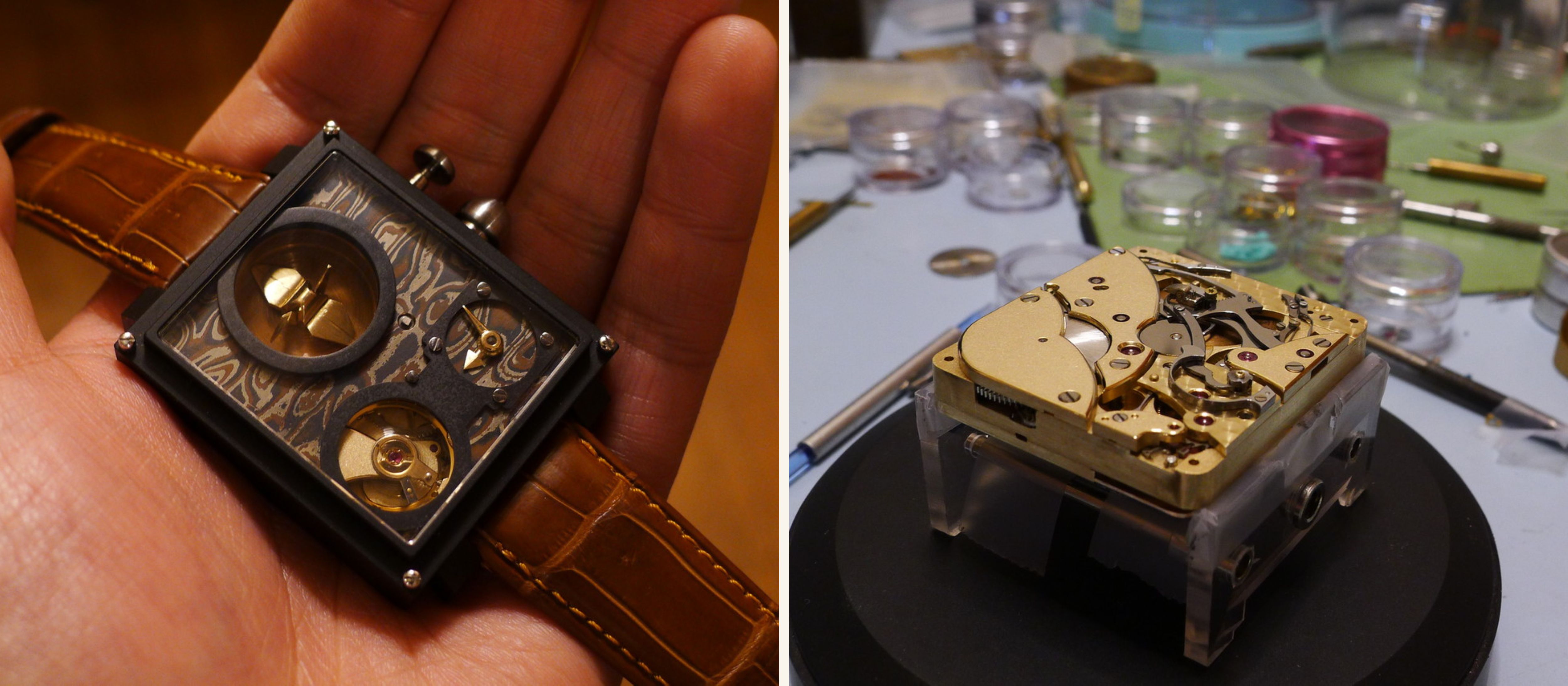
Mokume
2014
The Mokume is a unique watch with a very unique dial aesthetic. The bronze-cased timepiece uses the “Mokume Gane” technique for its dial. It is realized through diffusion bonding multiple layers of metals onto one another resulting in a distinct wood grain-like pattern upon subsequent flattening. This watch embodies the principle of wabi-sabi, with its bronze character deepening and enriching with time, achieving a unique perfection born of its intimate relationship with its wearer.
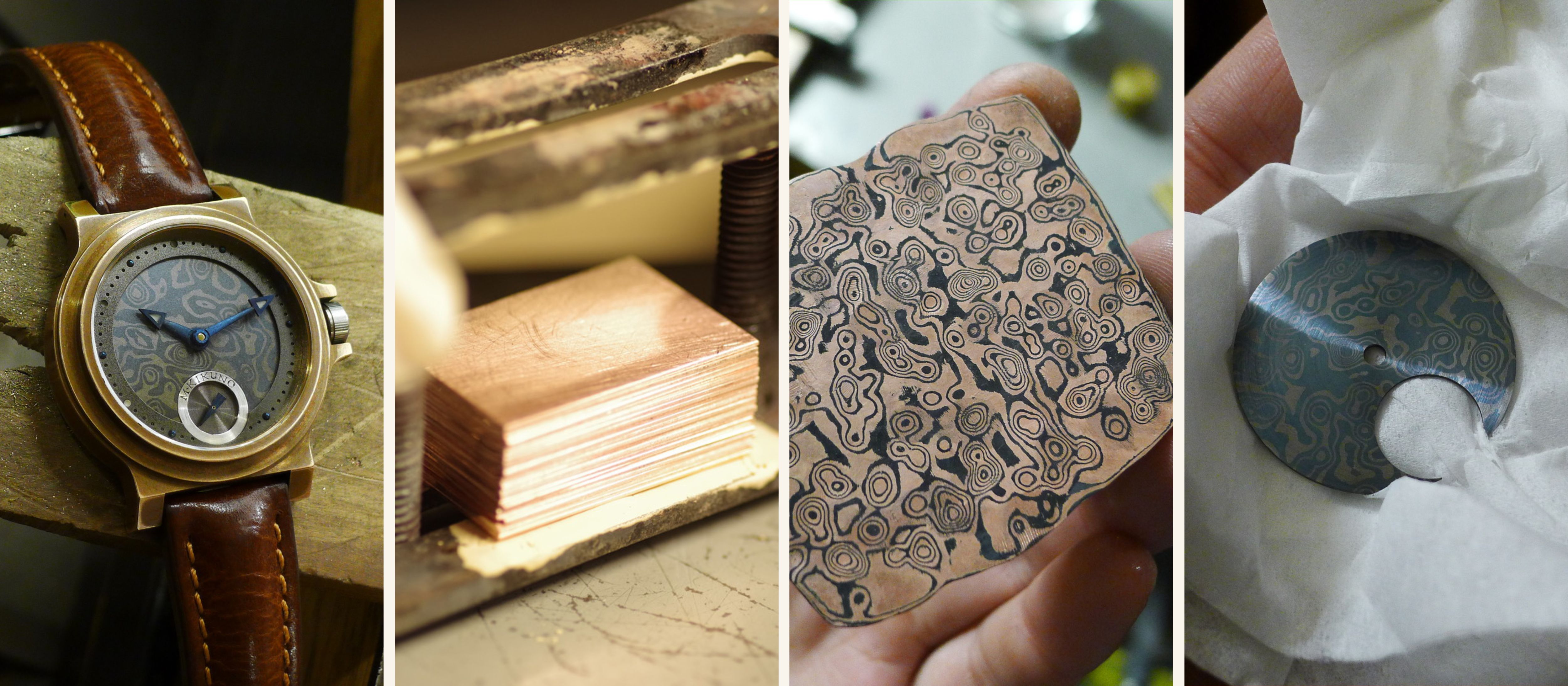
Wadokei Revision
2015
The “Wa-Dokei Revision” allows automatic index movement allowing the display of the temporal hour. The revised version lets the wearer adjust the season via the winding crown making it a better ergonomic execution of the complication.
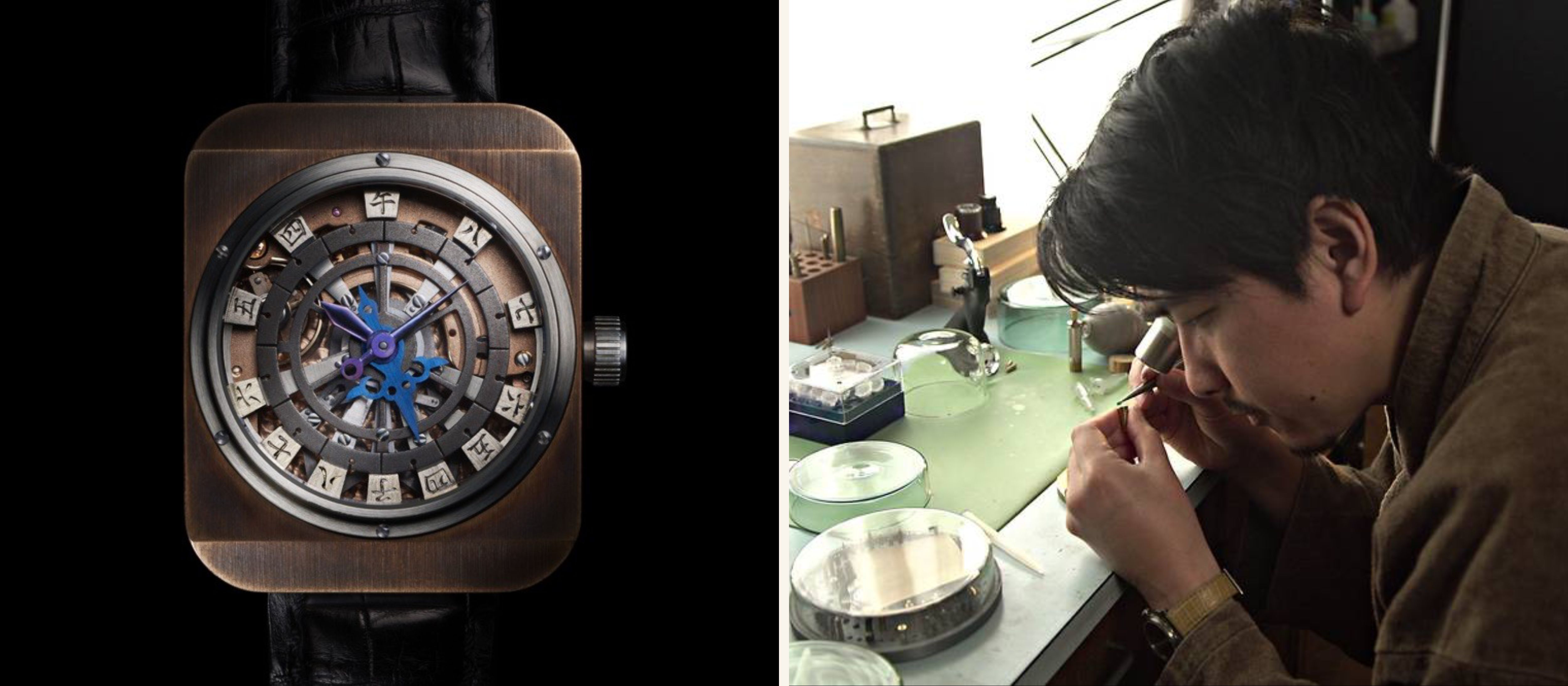
Wadokei Kai Akatsuki-Kane
2016
This revision of the Temporal Hour watch features a case hand-carved by metal engraver Keiji Kanagawa.
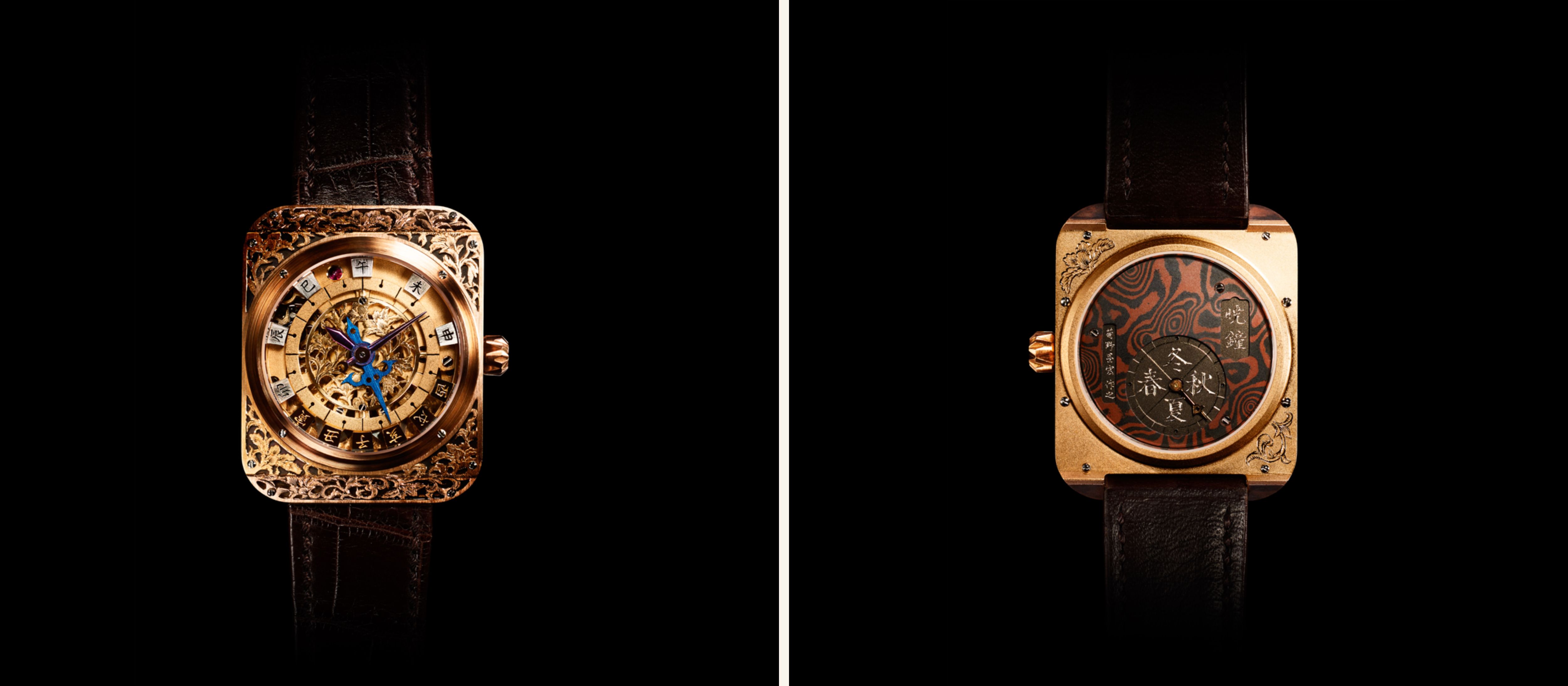
Wadokei Revision Jikon
2017
The Wadokei Revision Jikon is a piece unique with a skull sculpture adorning the dial.
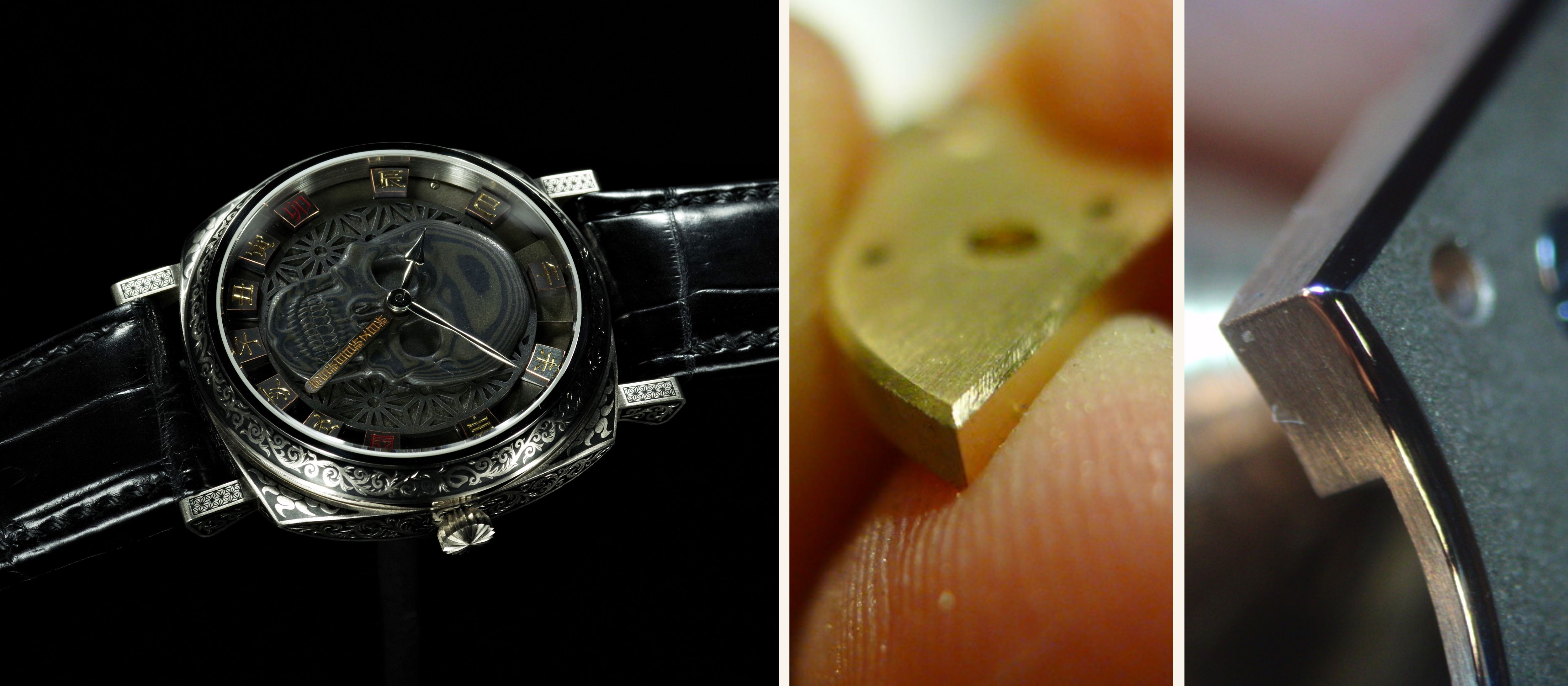
Sakubou
2017
Translating to new and full moon, the Sakubou is Masahiro Kikuno’s moonphase display timepiece with an ornate dial decoration. In Kikuno-san’s philosophy, “Now there are so many artificial lights all around and we no longer see the true darkness, therefore we no longer look at the moon with the same admiration as we did in the past. The Sakubou moonphase timepiece was created to admire the moon again on your wrist.”
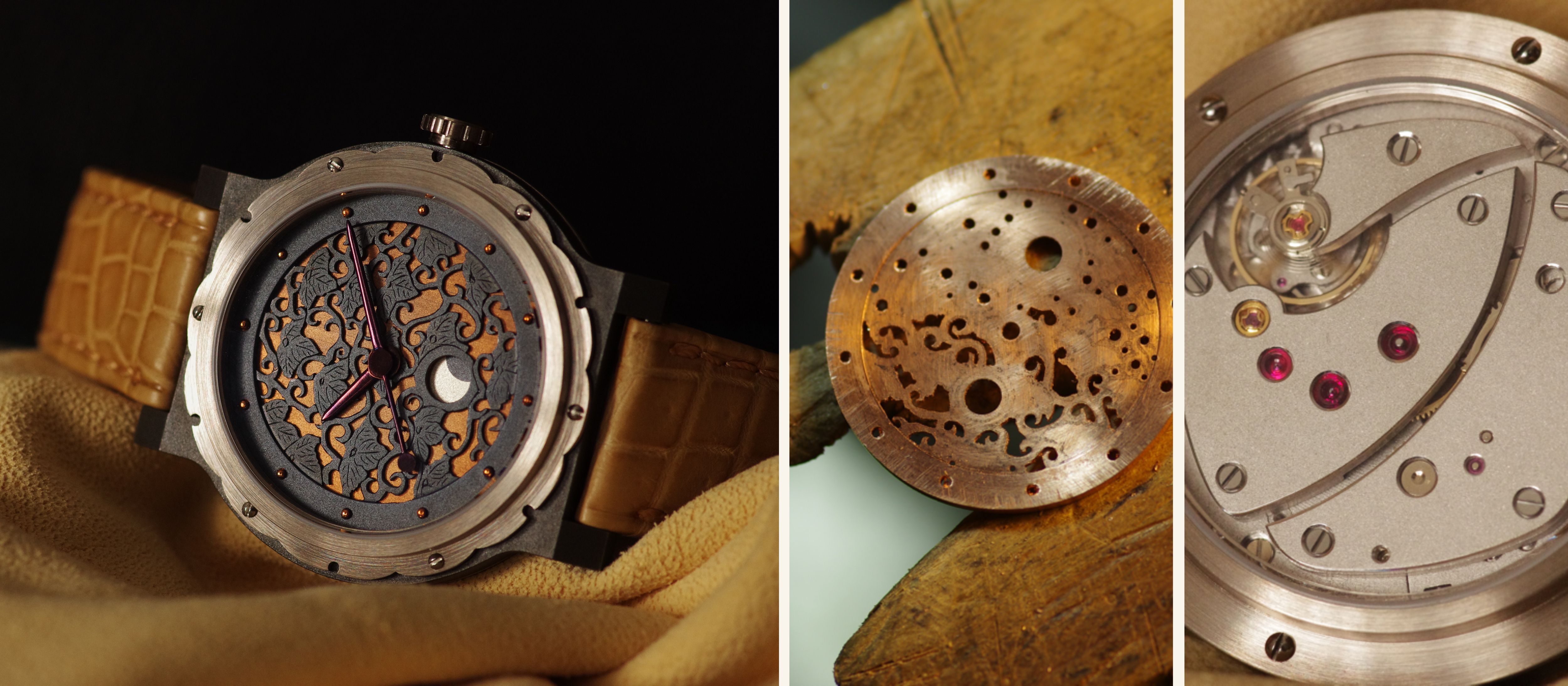
Wadokei Revision Zuisho
2022
A more ornate revision of the Temporal Hour watch with extensive dial and case carvings.
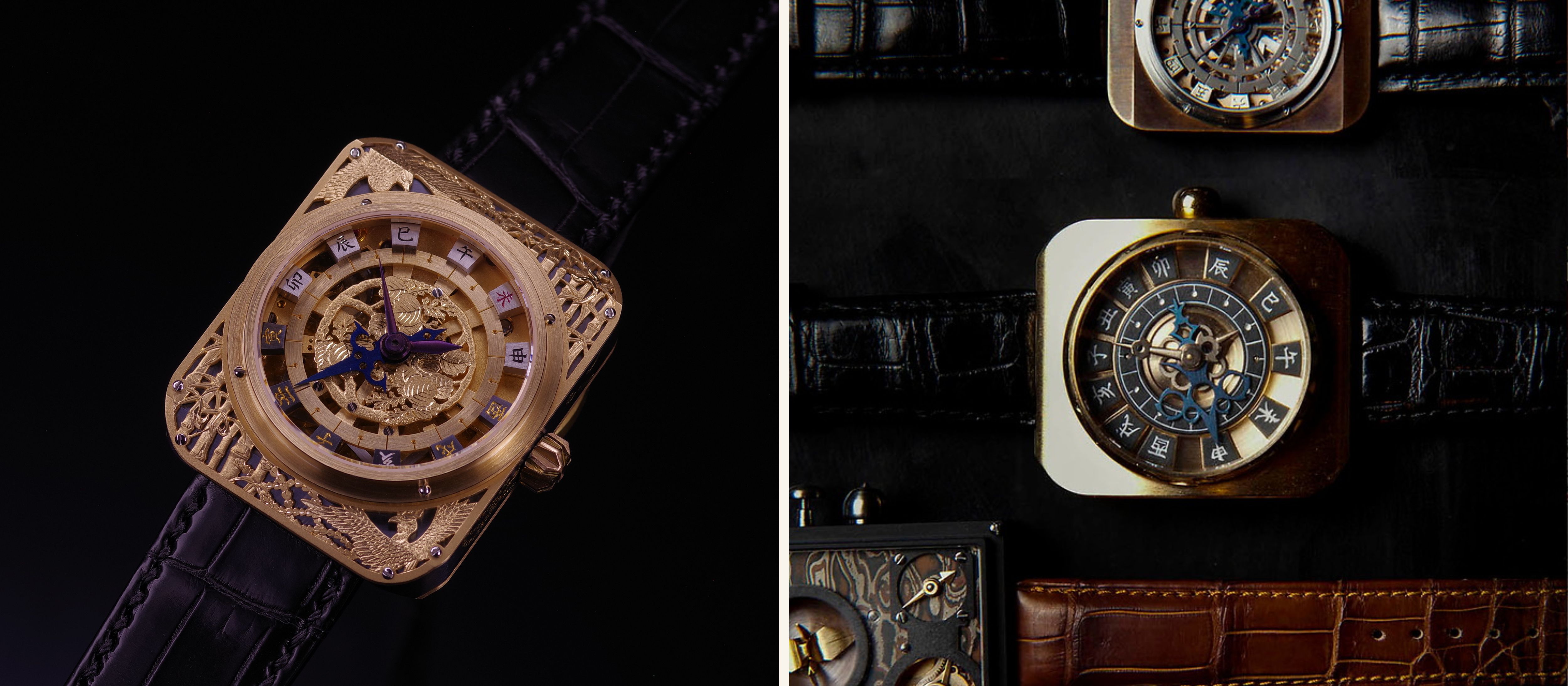
Masahiro Kikuno’s superlative originality in creation makes us realize once again the distance of the mainstream watch industry from handmade creativity. It’s a reminder of the unfortunate fact that the modern watchmaking approach is so very removed from true craftsmanship. As a teacher at the institute which he once attended, I hope that Kikuno-san successfully translates his unique philosophy of watchmaking into the next generations of Masahiros.
No articles found


